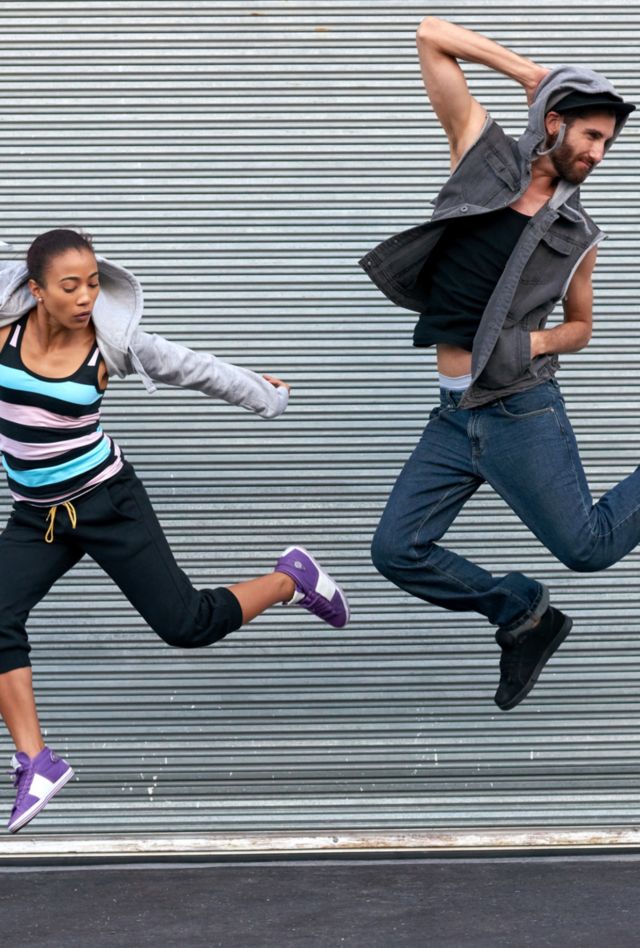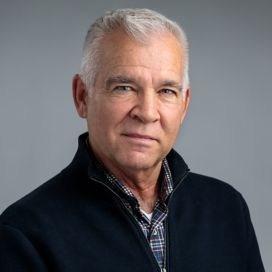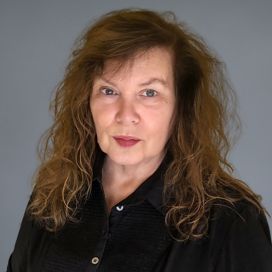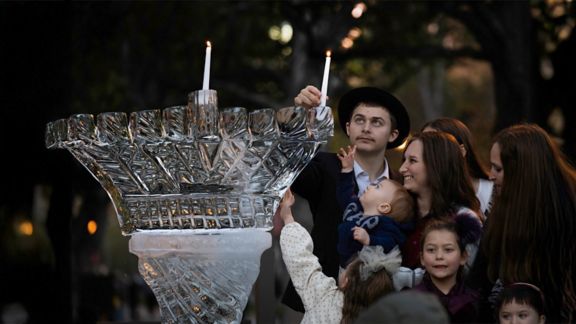Creative Expression, Job Readiness, and Economic Opportunity

In the face of rapid economic and technological change, it is important to look at every possible pathway for addressing and mitigating the barriers to economic opportunity that confront so many people in the United States today. Finding and maintaining steady, living-wage employment is a vital pathway toward financial stability. As numerous factors feed into an individual’s preparedness for employment, educational institutions, workforce development organizations, and social service organizations have developed numerous approaches to preparing people for success in today’s workforce. This study, commissioned in 2017 by The James Irvine Foundation, focuses on one underutilized but promising approach: engaging people in artistic production and creative expression to improve their employability and economic opportunities.
Amid growing recognition of the need for people-focused, “integrated and holistic approaches” to workforce development and social service delivery, the central questions of this study were:
- What are the ways that artistic and creative expression are being used to improve people’s job readiness, employability, and economic opportunity?
- How do such opportunities operate?
- How do they make a difference to the people who engage in the opportunities?
Given the foundational nature of these questions, this study was exploratory. To begin, we reviewed existing research and theoretical frameworks across multiple areas of research and practice, including workforce development, social services, education, and the arts. We found that the intersection of artistic and creative expression with job readiness, employability, and economic opportunity has not been the focus of much research or publication. Therefore, to best understand how artistic and creative expression are being used to improve people’s job readiness, employability, and economic opportunity, we set out to learn directly from people engaging in this work. This involved conducting in-depth interviews and site visits with workforce development professionals, workforce researchers, nonprofit and government leaders, program managers, and program participants.
This study culminated in a public report that provides an overview of observations about several ways that artistic and creative expression are being used to improve people’s job readiness and economic opportunity and how they make a difference to the people who participate in them. The heart of the report is a series of illustrative cases that arose from site visits and interviews with the passionate and generous professionals creating and implementing workforce programs that involve artistic and creative expression, as well as conversations with people who are struggling with economic hardship and are seeking, through engaging with the organizations in this study, to better their circumstances.
Related Tags
Project Leads
-
Michael Reynolds
Senior Vice President & DirectorProject Director -
Carol Hafford
Senior FellowSenior Staff -
Gwendolyn Rugg
Senior Research ScientistSenior Staff









